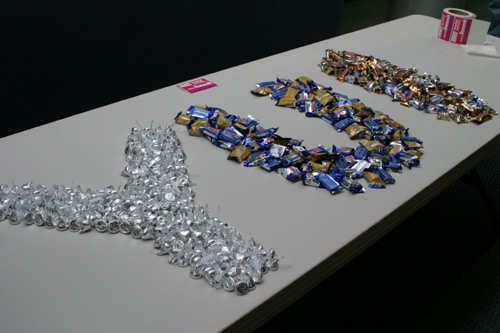YUI Library Examples: Resize Utility: Ghosting and Custom Proxy Resize
Resize Utility: Ghosting and Custom Proxy Resize
This example shows how to use ghosting and manipulate the proxy element.
Setting up the element that we are going to resize
We are going to make the element #yui_img resizable in all 8 directions.
Note: When you want to resize an element that requires the top and left sides to be positioned, it is best practice to make the element position: absolute.
Otherwise it will be positioned relative and the outcome will not be what you expected.
Creating the resize instance
Since an image cannot have child nodes appended to it, the Resize Utility will auto wrap it with an element that can. See the API docs for more info on the wrap option.
For shorthand, we are using the handles type of All, which just simply means t, r, b, l, tr, tl, br, bl. We are also using the config knobHandles, this applies a class to the Resize element and styles all of the handles into the small knobs seen above.
In this instance we have also turned on the following options:
draggable, this will allow the element to be dragged.ghost, this will apply a classname of.yui-resize-ghostto the parent for styling with opacity.status, this is what turns on the yellow tooltip that follows the mouse when resizing.animate, turns on animation for the resize.animateDuration, the duration of the animation.animateEasing, the easing method to apply to the animation instance.
Customizing the proxy element
For this example, we want to make it look like the proxy is a copy of the image we are resizing.
We do this by subscribing to the startResize Event, and manipulating the proxy element with normal DOM scripting.
Full example code
Resize Utility Examples:
- Simple Resize
- Proxy Resize
- Animated Proxy Resize
- 8-way Element Resize
- Ghosting and Custom Proxy Resize
- Custom resizing for the Rich Text Editor
- Split Pane resizing with Grids CSS
- Skinning the Resize Utility
- Layout inside a resizable Panel (included with examples for Layout Manager)
- Creating a Resizable Panel (included with examples for Container Family)
- Complex Application (included with examples for Layout Manager)
More Resize Utility Resources:
All YUI 2.x users should review the YUI 2.8.2 security bulletin, which discusses a vulnerability present in YUI 2.4.0-2.8.1.
- YUI Library
- YUI Home
- YUI 3
- YUIBlog
- Bug Reports/Feature Requests
- YUI on GitHub
- YUI License
- YUI 2.x Resources
- YUI 2 Archives
- YUI 2 Examples
- YUI 2 API Docs
- YUI 2 Discussion Forums

- YUI Components
- Animation
- AutoComplete
- Browser History Manager
- Button
- Calendar
- Carousel
- Charts
- Color Picker
- Connection Manager
- Container
- Cookie
- DataSource
- DataTable
- Dom
- Drag & Drop
- Element
- Event
- Get
- ImageCropper
- ImageLoader
- JSON
- Layout Manager
- Logger
- Menu
- Paginator
- Profiler
- ProfilerViewer
- ProgressBar
- Resize
- Rich Text Editor
- Selector
- Slider
- Storage
- StyleSheet
- SWF
- SWFStore
- TabView
- TreeView
- Uploader
- Yahoo Global Object
- YUI Loader
- YUI Test
- Reset CSS
- Base CSS
- Fonts CSS
- Grids CSS
Copyright © 2013 Yahoo! Inc. All rights reserved.
